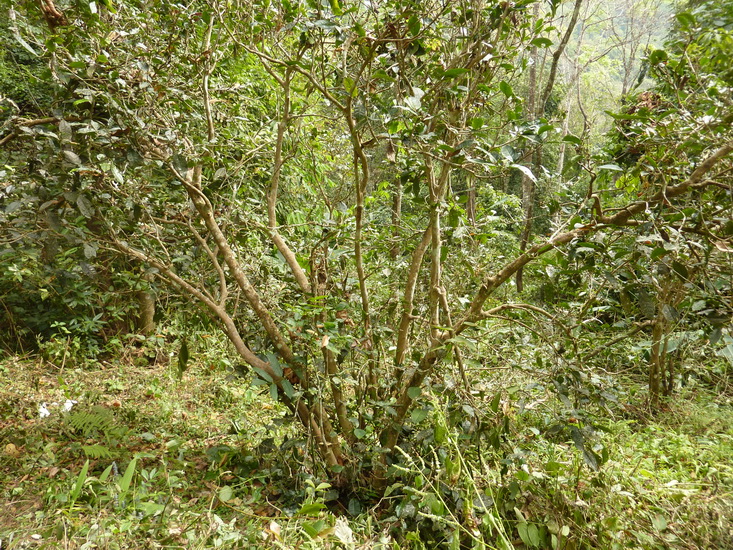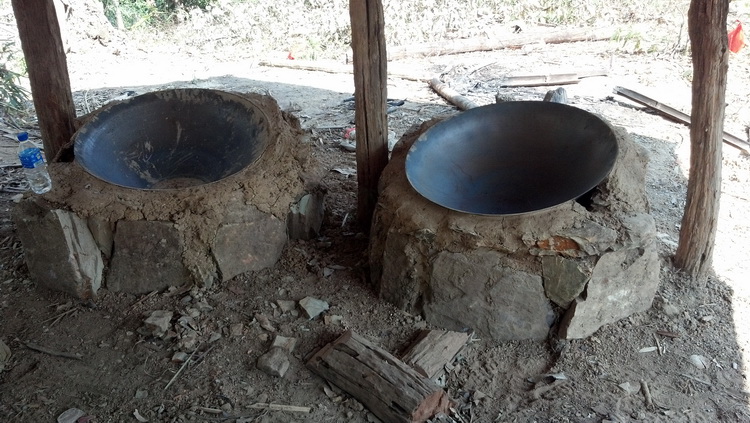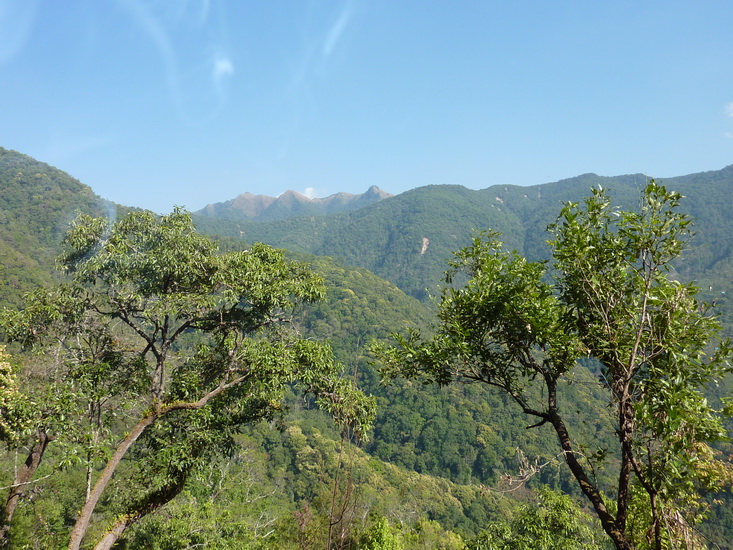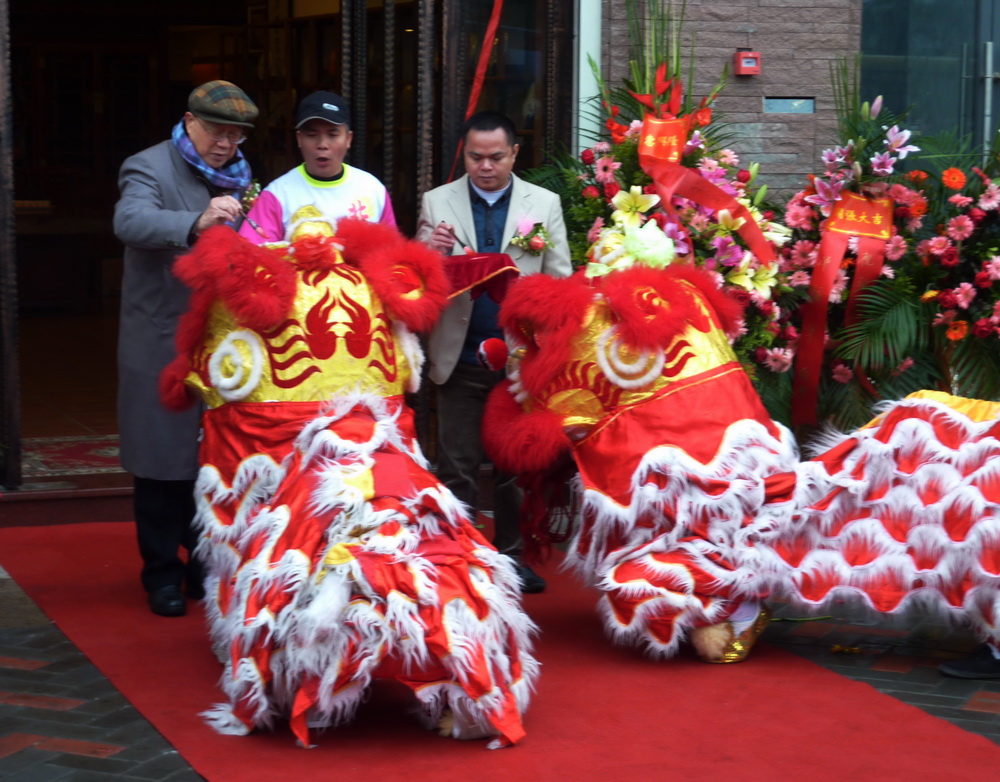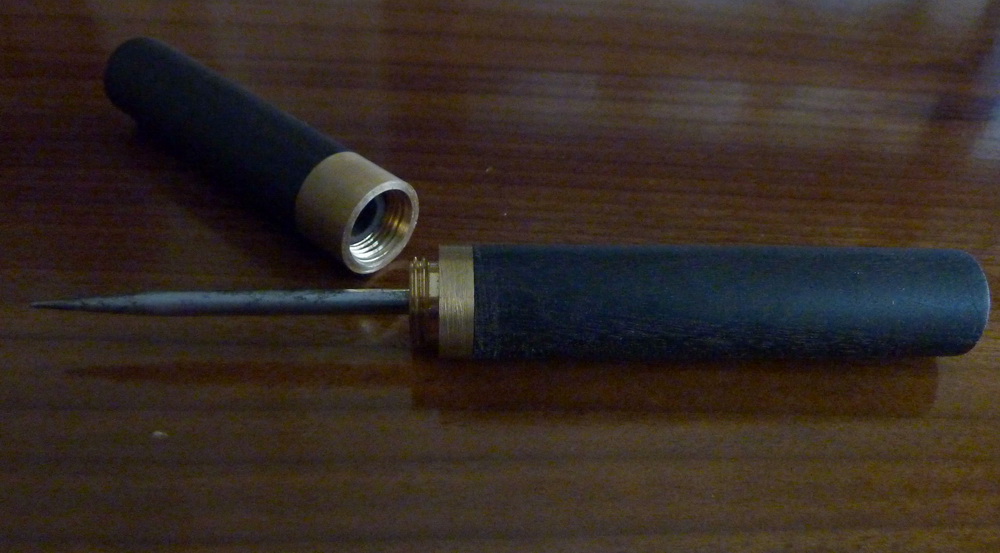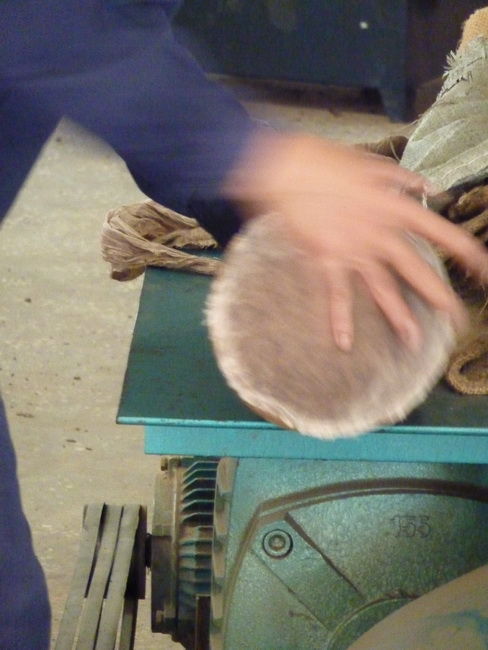It was half three in the morning and I was riding my bike home in the chill air. It was cold enough that I could feel the heat on my face from the small fires along the side of the road where cleaners had already swept up the remains on New Year fireworks into piles and were burning them.
Earlier in the day, I had been at a friends house for lunch and after that, dinner with another friend, then had gone to the shop. HM, being a rather traditional Beijinger had prepared to make jiao zi. For people from the north of China, eating jiao zi for New Year is de rigeur. The contents are also important: qing cai, jiu cai…..phononymes that all have significance, mostly to do with wishing (for) wealth, happiness and good health for the new year.
At midnight we set off firecrackers and ate jiao zi, then someone we know from Yibang came, bringing a cake of sheng from his own village. He has been talking for some time about tea from Yi Bang, but up till now we had not tasted his tea.
So, HM brewed some up -15grams in a 400 cc pot. It was good: the xiang qi, kougan, huigan, all good enough. The tea looked nicely made. Nicely pressed. But there was something missing. ‘Hou du bu gou’. The hou yun was also not what it could have been. Lao Feng suggested that HM had a used a pot that he had not used for some time, so the pot had absorbed some of the flavour from the tea. Another steeping. This time using a large gaiwan. The result was sightly different, but the thickness was still missing somehow. No deeper lying, more penetrating qualities. A little astringent, but nonetheless pleasant.
Our friend kept asking us to comment on the tea his brother had made, determined also that we should not be less than satisfied with the gift. So, on realising we were not completely sold on his tea, he suggested that he would go home and get another two cakes of tea.
All three were from Yi Bang. All were good. All were early spring teas from 2011. All had lost their qing wei. All were made by his brother. All three are from different areas of Yi Bang. One from a single garden of old trees. Another from three separate groups of trees that are in the woods. The third also from a single garden. Two are xiao ye zhong one is zhong xiao ye zhong. These sub-varietals typify Yi Bang Puer tea.
One after the other, we tried all three. one was really very good: kou gan, xiang qi, huigan were all good, but this one tea also had very good hou yun.
The other tea was less pleasing and had a slight hu wei (burned aroma) from the sha qing which was not particularly noticeable, but was there and marred the pleasure of the experience a little and was more marked because the thickness was not as fulsome as the second tea.
The tea we liked best was from a small area that, if made to the same standard as the tea we’d been drinking, would only produce 2 or 3 jian. The other areas, our friend reckoned could produce a little more.
There’s the rub. The elusive search for excellent tea that will produce enough quantity to ‘take to market’. And so the beginning of another year.





